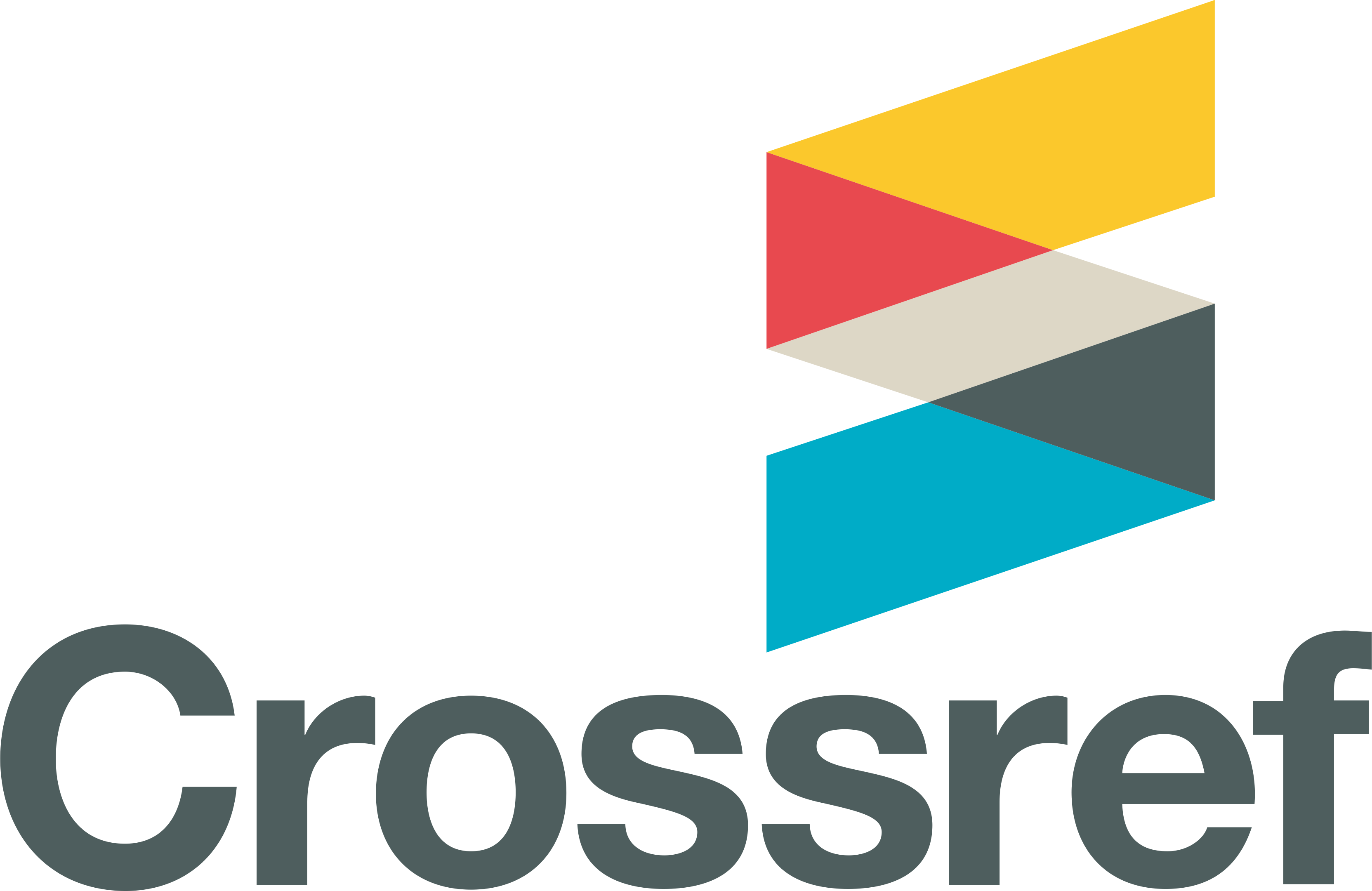Submissions
Submission Preparation Checklist
As part of the submission process, authors are required to check off their submission's compliance with all of the following items, and submissions may be returned to authors that do not adhere to these guidelines.- The submission has not been previously published, nor is it before another journal for consideration (or an explanation has been provided in Comments to the Editor).
- The submission file is in LibreOffice (.odt), Microsoft Word (.docx), or RTF document file format.
- Where available, URLs for the references have been provided.
- The text is single-spaced; uses a 12-point font; employs italics, rather than underlining (except with URL addresses); and all illustrations, figures, and tables are placed within the text at the appropriate points, rather than at the end.
- The text adheres to the stylistic and bibliographic requirements outlined in the Author Guidelines.
Copyright Notice
JESEG is an open-access journal allowing users to download, copy, and print the online content without charge to the user or his/her institution. Articles published in this journal may be quoted The journal, however, permits the use of its articles with the provision that the original work is properly cited.
Policy on Plagiarism and Intellectual Property Rights
The journal adheres to the policy of publication ethics to uphold moral principles in publishing research papers. All submitted manuscripts are checked for plagiarism using appropriate software. Submitted manuscripts should not have been published or submitted elsewhere, or appearing in other journals with substantially the same content. A misdemeanor of this type will result in the instant rejection of the submitted article. For more discussions, see the journal’s Publication Ethics and Malpractice Statement.
The authors will be asked to sign a Copyright form when the manuscript is accepted for publication.
Privacy Statement
The names and email addresses entered in this journal site will be used exclusively for the stated purposes of this journal and will not be made available for any other purpose or to any other party.



